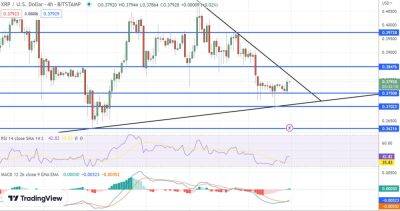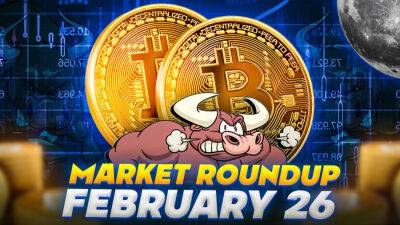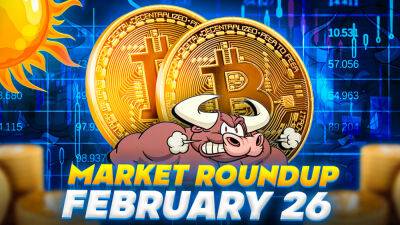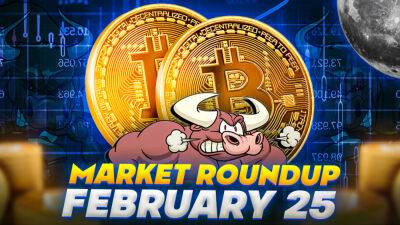Decoding the mixed reactions towards BTC as CPI rose by 0.5%
The US Bureau of Labor Statistics issued its Consumer Price Index (CPI) report on 14 February, ending days of anticipation and rumors. So, what was Bitcoin’s [BTC] trajectory after the report was published?
Read Bitcoin’s [BTC] Price Prediction 2023-24
According to the estimates of economic experts, the CPI increased by 0.5% in January, up from 0.1% in December. The annual inflation rate, however, was much higher than expected, coming in at 6.4% (up from 6.5% in December) despite forecasts of only 6.2%.
In addition, the core CPI, which excludes food and energy costs, rose 5.6% from a year ago. This was quicker than the 5.5% predicted and down from 5.7% in the previous month. According to the numbers, the Federal Reserve will probably maintain its hawkish stance. Further interest rate hikes could also be on the table at future Federal Open Market Committee (FOMC) meetings.
As measured by the Options 25 Delta Skew, options traders appeared to have bearish feelings toward Bitcoin before the release of the CPI report. The observed statistic indicated that, before the CPI announcement, puts were more popular than calls. Furthermore, puts were deemed more expensive than calls, signaling a bearish sentiment before the CPI announcement.
Source: Glassnode
A measure of the disparity between the implied volatility of options contracts that are 25 delta out of the money (OTM) and at-the-money (ATM) is known as the “options 25 delta skew.” When the skew is positive, investors are more worried about potential losses, while when it’s negative, they’re more concerned about potential gains.
Bitcoin’s volatility has been decreasing, as indicated by Coinglass’ Volatility Index. At the time of this writing, observed volatility was just
Read more on ambcrypto.com


 ambcrypto.com
ambcrypto.com



![Ethereum Classic’s [ETC] recovery faced an obstacle – Can bulls bypass it? - ambcrypto.com](https://finance-news.co/storage/thumbs_400/img/2023/2/26/57427_vvd.jpg)








